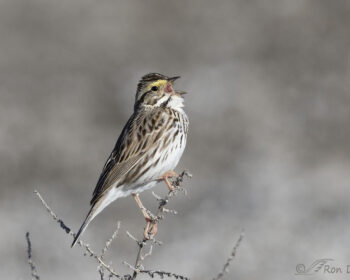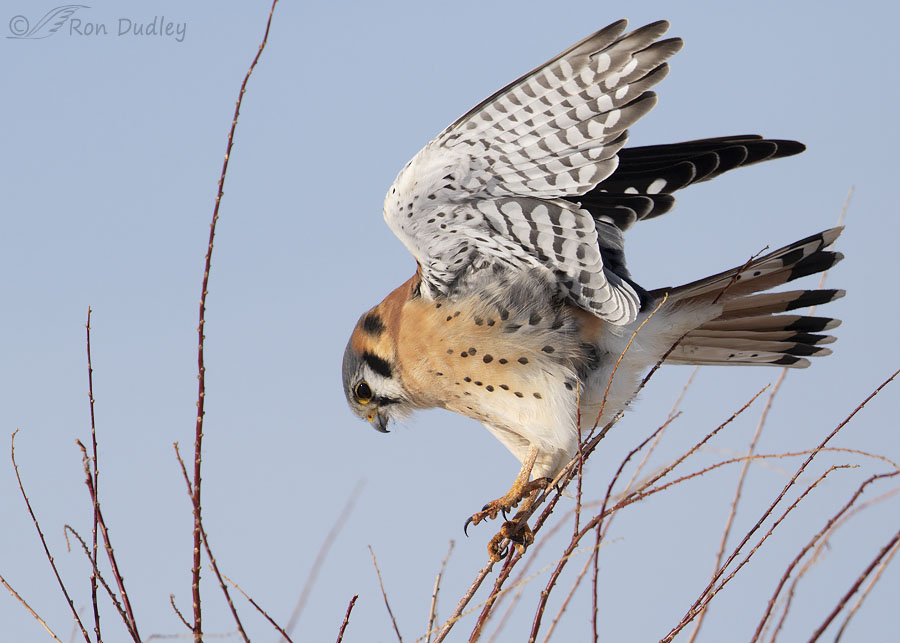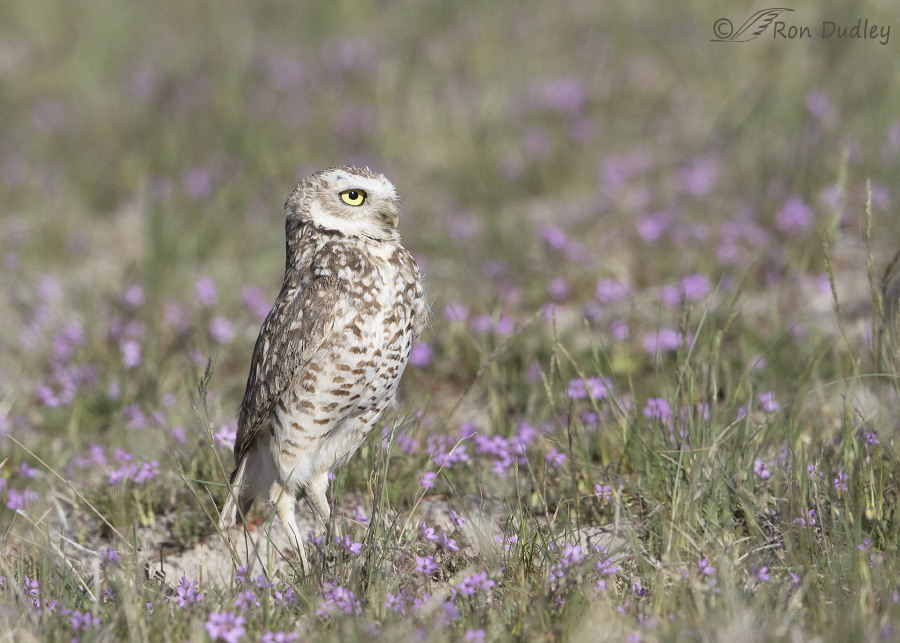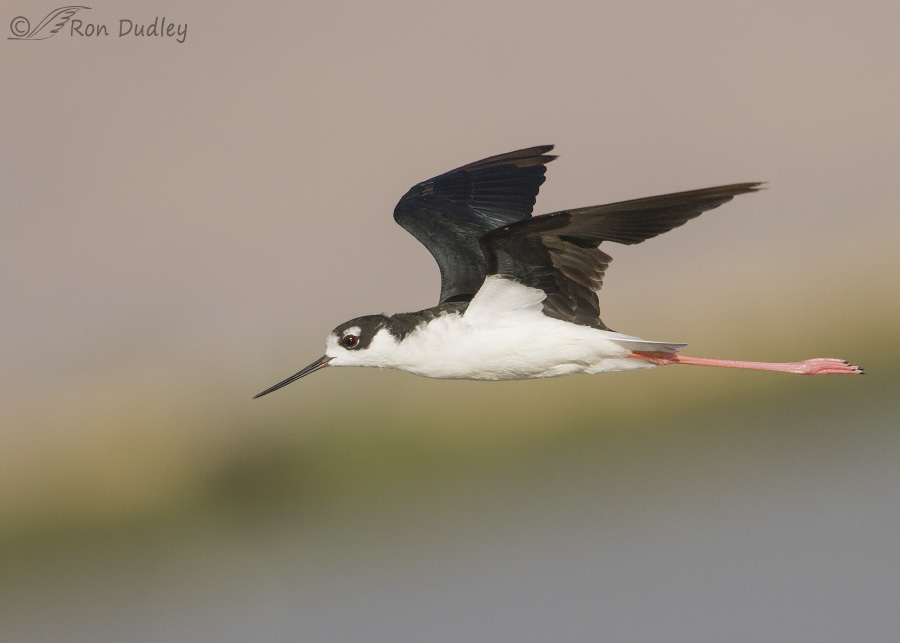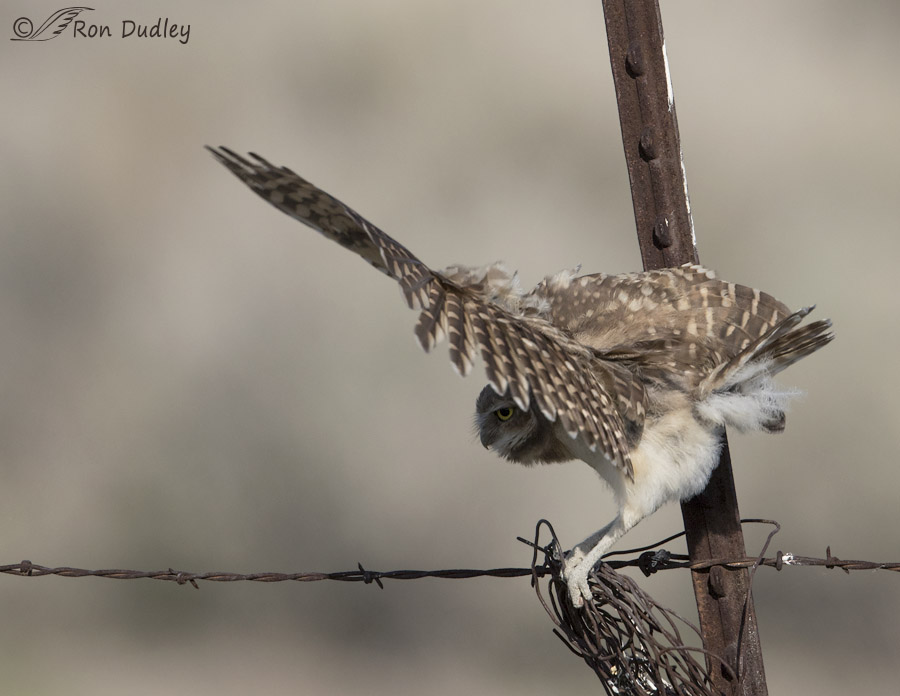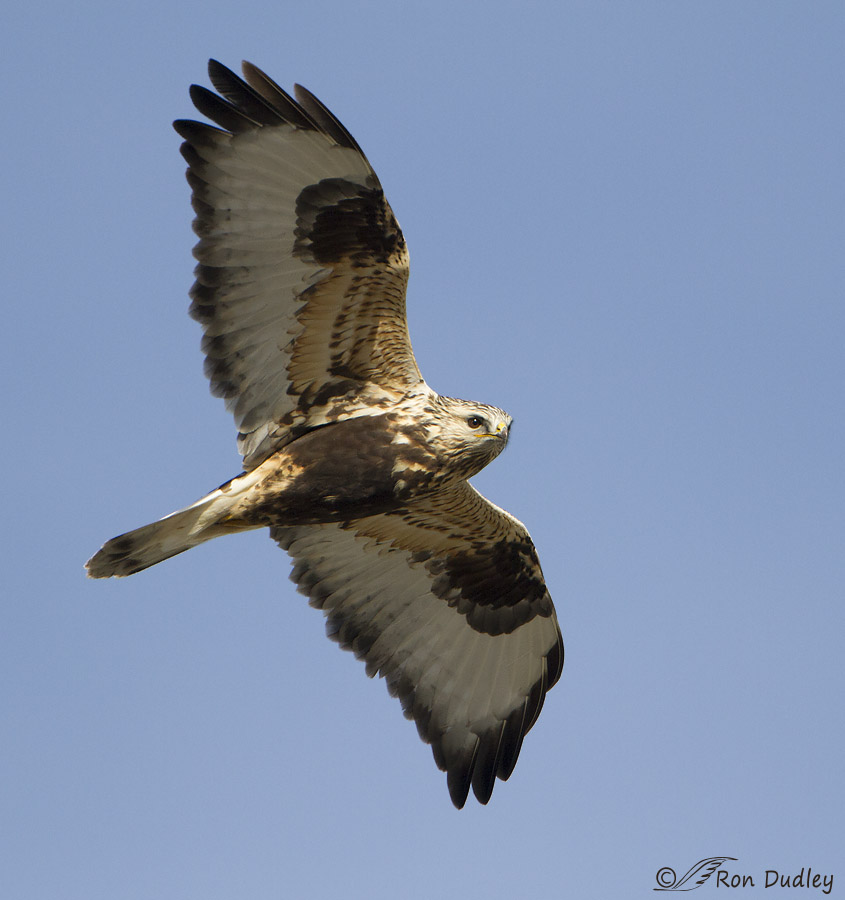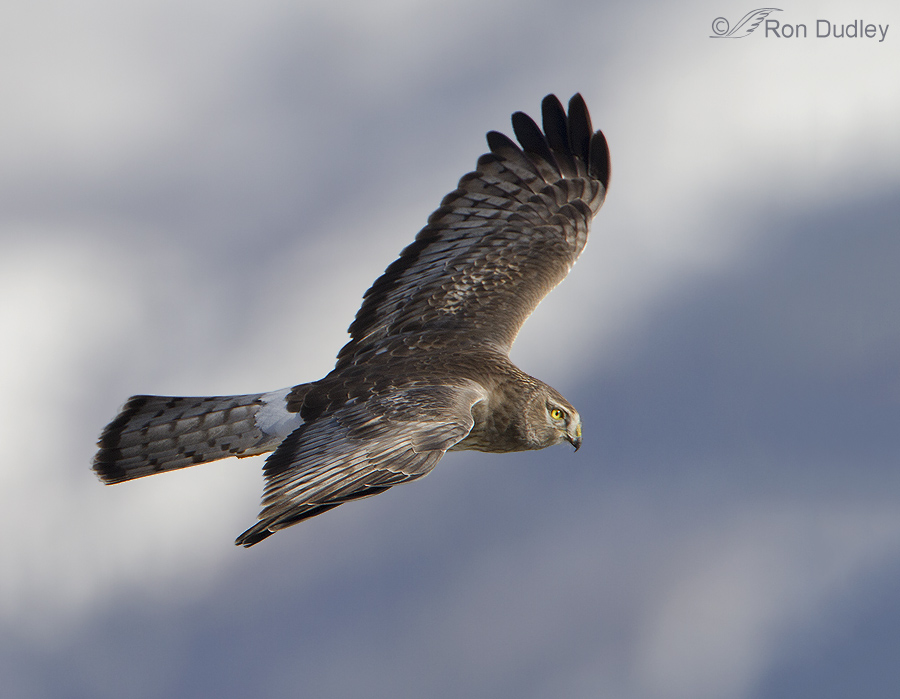Tag: wind
American Kestrel Trying To Regain His Balance In The Wind
Burrowing Owl – A Romp Through The Flowers
Black-necked Stilt Flight Series (8 images)
Juvenile Burrowing Owl – A Dubious Strategy Against The Wind
Rough-legged Hawk Kiting Along The Antelope Island Causeway
Northern Harrier Kiting Against A Mountain Backdrop
Rough-legged Hawk Hunting Technique
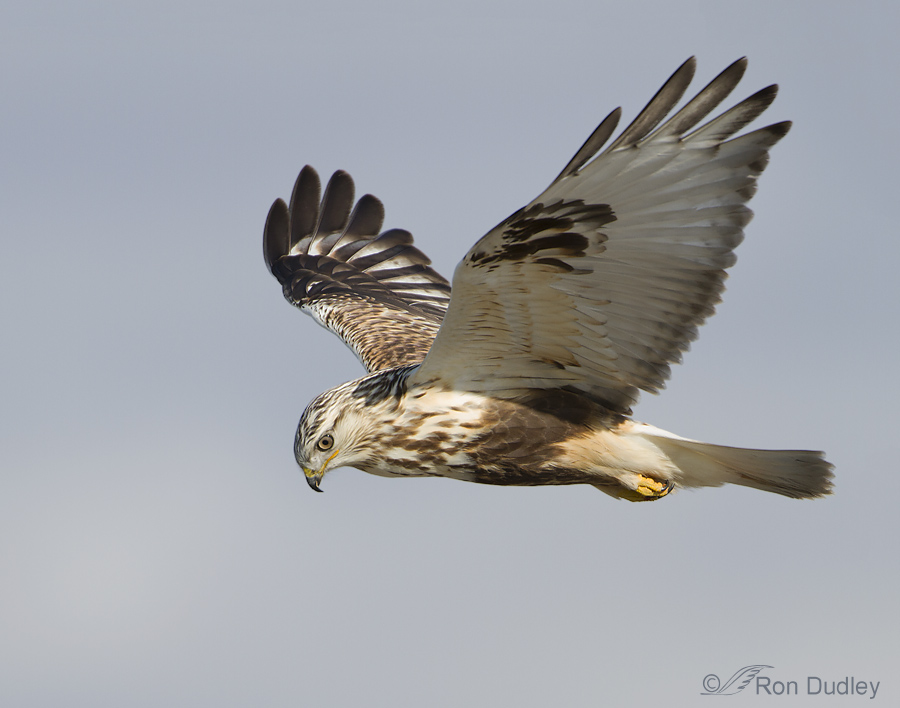
Like some other buteos, depending on conditions the Rough-legged Hawk may hunt from the air using flapping/gliding flight or from an elevated perch but their tendency to hunt in flight goes up significantly with increasing wind speed. This makes sense because hovering in the wind requires less energy than flapping flight.
Great Horned Owls In The Montana Wind
I’ve posted before about the Great Horned Owls on the family farm in nw Montana. That farm is near Cut Bank, Montana which is famous (infamous) for its howling winds. 1/1000, f/8, ISO 500, 500 f/4, 1.4 tc, natural light, not baited, set up or called in So many of my images of those farm owls show the effects of the wind on the owls. The wind was only moderate when I took this shot so about the only effect you can see from it is the leaning ear tufts (horns). Even at this wind speed you can hear it whistling through the granary cutouts where these birds like to perch When I’m shooting from a tripod instead of from my pickup it’s difficult to get sharp shots because of the effects of the wind on my long lens. 1/160, f/10, ISO 500, 500 f/4, 1.4 tc, natural light, not baited, set up or called in But when the wind really howls the birds seek refuge. This owl liked to hunker down deep in this Poplar tree as an escape. It was so deeply buried in the tree that I could only get fleeting glimpses of it when the wind would blow some of the branches and leaves in front of the bird to the side. At times the wind would blow the ear tufts almost flat on its head. This owl is leaning into the wind to keep from being blown off the perch. 1/500, f/8, ISO 500, 500 f/4, 1.4…
Horned Larks Blowin’ in the Wind
I have particularly fond memories of Horned Larks from growing up on our northwestern Montana family farm near Cut Bank, Montana. The fallow barley fields and adjacent short grass prairies abounded with them. But since I began photographing birds I’ve had very few opportunities with them here in Utah – until last week when had a grand time with multiple cooperative larks in the foothills of the Stansbury Mountains. And yes, the wind was blowing briskly – a perfect situation to remind me of those Montana larks! Singing in the wind The wind seemed to inspire the males to sing as they all seemed to be singing up a storm on this day, despite the early February date. Blown off the perch While it may look like this male is taking flight, in reality it was being blown off the perch by a sudden gust of wind. If it had been taking off, both wings would be extended. Wind- disheveled feathers In this photo, the wind updraft from the rock perch blew a perfect semicircle of his upper chest feathers into his black neck ring, making him look pretty silly. Very obvious “horns” This photo shows the “horns” (occipital feather tufts) that are characteristic of the species. The horns are found on both sexes but they are much less obvious in the female and rarely erected. This frontal view of the head shows the horns most distinctly when they are raised. Horns laying almost flat At times the horns are laid flat against the…


